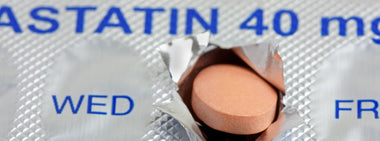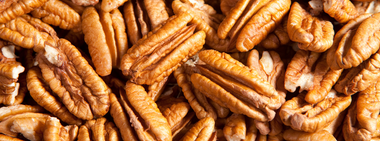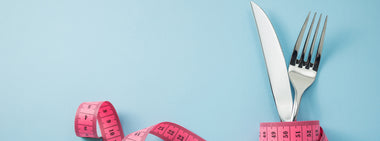What You Need to Know About GLP-1 Medications: Part 5
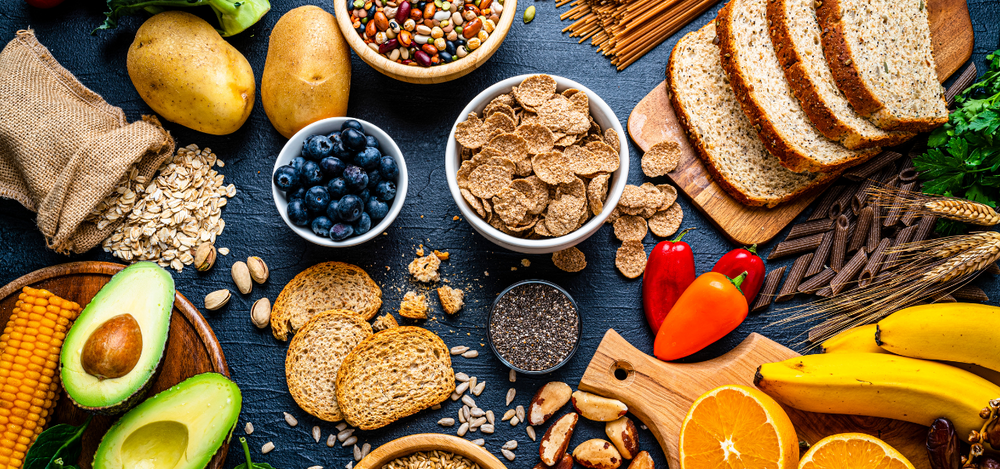
The reason ANY weight loss program works is that it results in us eating fewer calories relative to calorie output. There may be subtle differences in metabolism related to following a keto diet, drinking meal replacement shakes or fasting intermittently, but the biggest driver of weight reduction is eating fewer calories.
GLP-1 drugs work because they artificially blunt our desire to eat. They make us eat fewer calories without all the bother of having to change what or when we eat. Pretty easy and convenient. But as we learned in the last blog post, GLP-1 drugs can come with some pretty nasty side effects.
Meanwhile, in Part 1 of this series we learned that GLP-1 is made in the digestive system in response to food intake. So could we boost GLP-1 levels in our body naturally? And, perhaps more importantly, is there a way to make losing weight and keeping it off less stressful and restrictive - without needing to rely on drugs to do so?
Stop Interfering with GLP-1 Production
We can boost GLP-1 levels naturally by either adding in foods that increase production - or by getting rid of substances that blunt it.
The most obvious first thing to do is eliminate those substances that could be reducing GLP-1 levels. And one thing we know for certain is that GLP-1 production can be blunted by non-nutritive sweeteners. So, ditch the diet sodas (actually all sodas!). And be wary of foods touting themselves as “low sugar” as they’re often loaded with non-nutritive sweeteners.
And then work hard to boost GLP-1 production.
Boost GLP-1 Levels with Food
All food can stimulate GLP-1 release. It’s just that the cells that produce this appetite-suppressing hormone are concentrated all the way at the end of our digestive tract, meaning food has to make it there to have the biggest effect. It therefore goes without saying that if we eat food that is easily digested and rapidly absorbed (i.e. highly processed items), we will be missing out on our full GLP-1 manufacturing potential. So reducing intake of processed foods and favoring fiber-rich items instead should be the goal.
Fiber slows digestion while improving intestinal transit, helping get food to where the GLP-1 is being produced. Once there, gut bacteria break down the fiber found in fruit, vegetables and whole grains into short-chain fatty acids. Those fatty acids then signal cells in the intestinal tract to release GLP-1 into the bloodstream.
So if we want to increase the amount of GLP-1 our body produces naturally, we must up our fiber intake. But not by a little. By a lot. Adding around 10 grams of prebiotic fiber is what’s required to make a real difference in GLP-1 production. (Conveniently, that’s what 2 servings of Step One Foods delivers). After even 3 days of regular high fiber dietary consumption, studies have shown that GLP-1 levels can go up by as much as 56%. These levels continue to rise further as people stick with a high fiber eating plan for the long haul - probably because consuming fiber consistently encourages the growth of gut bacteria that thrive on breaking it down.
The Best Dietary Advice Ever
Which leads us to losing weight and keeping it off without stress or using drugs. For that we need to revisit the best dietary advice I’ve ever come across. It’s all of 7 words long and comes from Michael Pollan. And although it was coined nearly 20 years ago, it's still relevant, perhaps even more so, in the era of GLP-1s:
“Eat food. Not too much. Mostly plants.”
“Eat food” is the only part that requires a bit of explanation. When Michael Pollan talks about “food” he means REAL food. Food that our great grandmother would recognize as food. She would not recognize 80% of the items found in a standard grocery store today. She would certainly not recognize anything containing non-nutritive/artificial sweeteners!
The beauty of this dietary dictum is that not only is it easy to understand and follow, it automatically eliminates items that could be interfering with weight loss and GLP-1 production - while also automatically encouraging intake of foods that naturally boost GLP-1 levels and health overall.
The other benefit of following this dietary advice is that it leads us to consume fewer calories without having to think about it. If we are eating lots of plant-based foods in their most whole and unprocessed forms, we are filling our stomachs with items that are not only fiber and nutrient rich - but also calorie poor. Meaning we can eat relatively large volumes of naturally satiating foods while painlessly achieving lower calorie intake.
Add some exercise, and we have some serious calorie deficits happening. A daily 2 mile walk, representing about 30 minutes of moderate intensity exercise, results in 200 calories being burned. Trade out the 8 ounce steak for a cup of beans and save another 400 calories.
This path may be harder than weekly injections - at least at the start. And the weight loss achieved with diet and exercise might not happen as quickly as it would with GLP-1 medications. But this approach will absolutely afford better overall health, help avoid medication side effects, and offer us a real chance for achieving long term success.
Bottom Line as I See It
GLP-1 drugs may be novel and exciting and they clearly yield eye-popping weight reductions and other positive health effects. But they don’t address the root cause of the conditions they are being used to treat. And they come with serious downsides. My prediction is that ultimately, we will find that they don’t cure a thing.
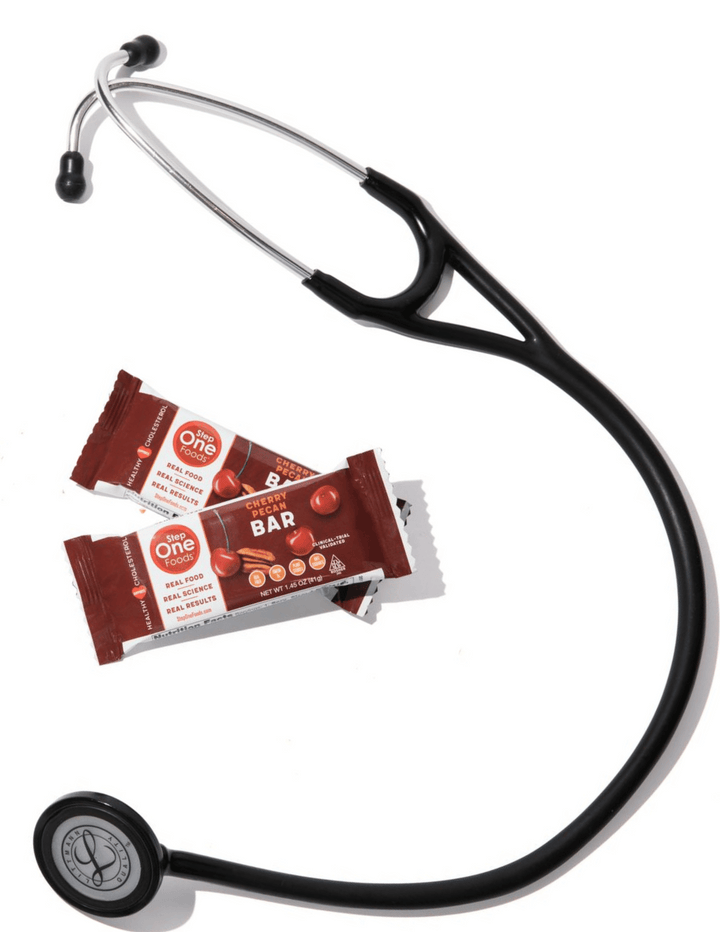
Tested & Proven Results.
- Cardiologist formulated
- Supported by over 500 publications
- Clinically-proven, in a double-blind randomized trial with Mayo Clinic and The University of Manitoba
80% of participants lowered their cholesterol in just 30 days. With just two servings per day, Step One Foods offers a proven-effective way to naturally lower LDL (bad) cholesterol.
Get heart health tips and articles like this, delivered right to your email.
New articles every week.
You may also like...
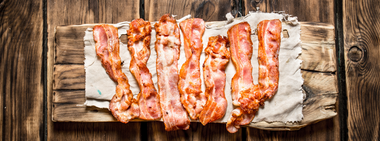
You don’t need to avoid foods with cholesterol…except for these
